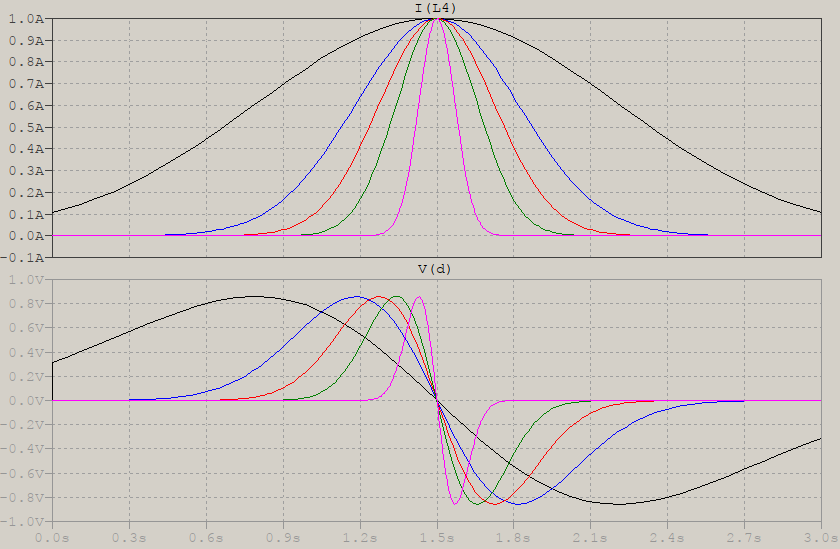Simply put, $\delta'$ picks the opposite of the derivative of $f$ at the origin.
Let us imagine that I can forget for a moment about that $\delta$ is not a function, that it should be defined in a strict mathematical sense (over compactly supported smooth test functions), etc.
It can be simpler to consider that $\delta$ acts as an operator on (nice enough functions) $f$. This operator acts as it is picking a value in its argument.
In the above (simplified) context, $\delta[f]$ picks the value of $f(x)$ at $x=0$. This can be expressed as:
$$\delta[f] = f(0)\,.$$
Within this (awful) intuition, I consider that:
$$\delta'[f] = -f'(0)\,,$$
and more generally:
$$\delta^{(n)}[f] = (-1)^nf^{(n)}(0)\,.$$
For the original $\delta'[f] = -f'(0)\,$, an interpretation is the following. The discrete impulse $$\ldots,0,0,1,0,0\ldots$$ gets a discrete derivative as:
$$\ldots,0,0,1,-1,0,0\ldots$$
which is just the opposite of the discretized differential operator:
$$\ldots,0,0,-1,1,0,0\ldots$$
better understood as the opposite of the 2-point classical discrete derivative of discrete signal $x[n]$:
$$ x[n]-x[n-1]\,. $$
Now, imagine that the discrete pulse compresses in time while growing (the classical image of the Dirac distribution), and the same for the $1$ and $-1$ of the derivative, that is my mnemonic to remember the formula.

